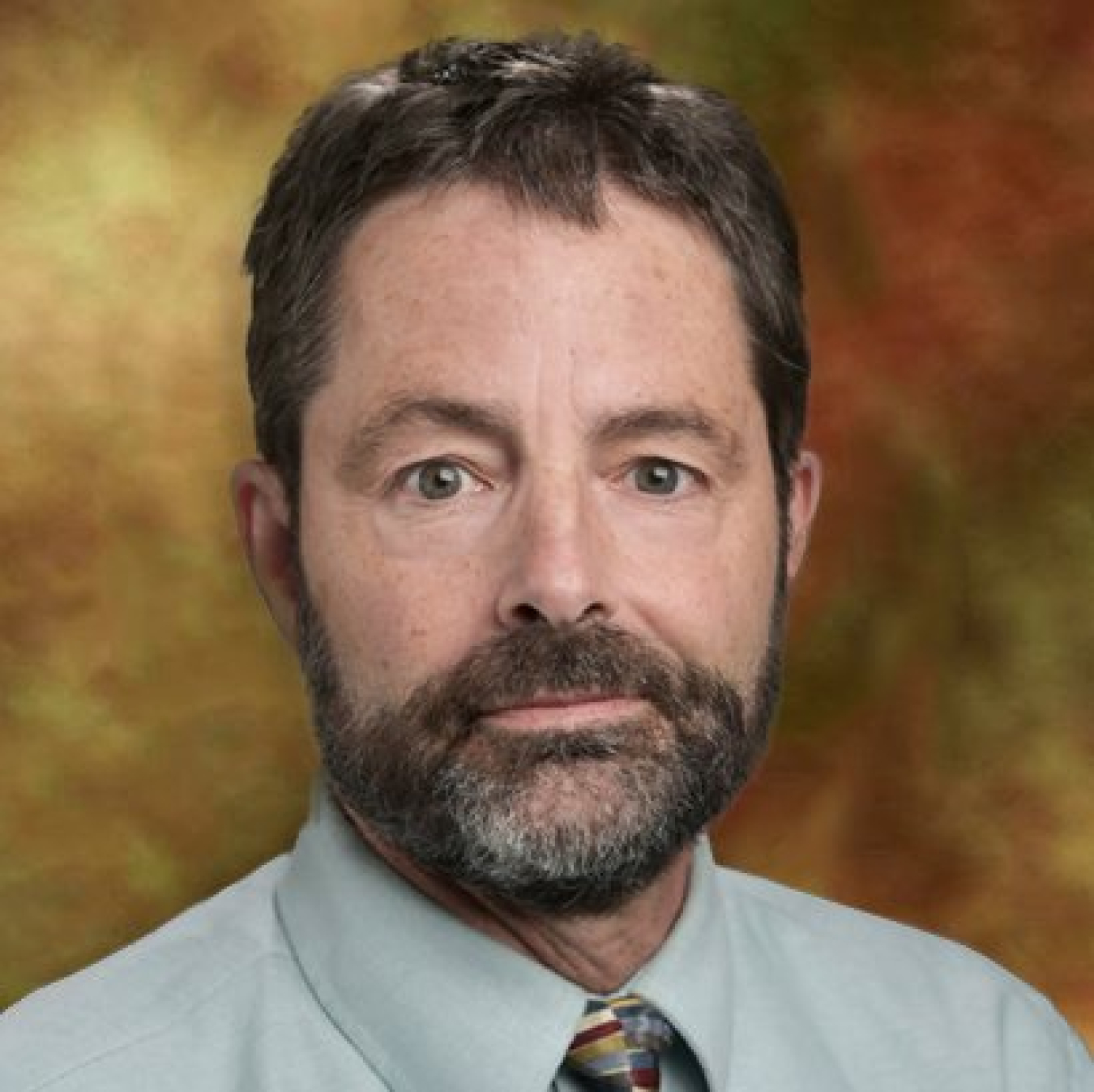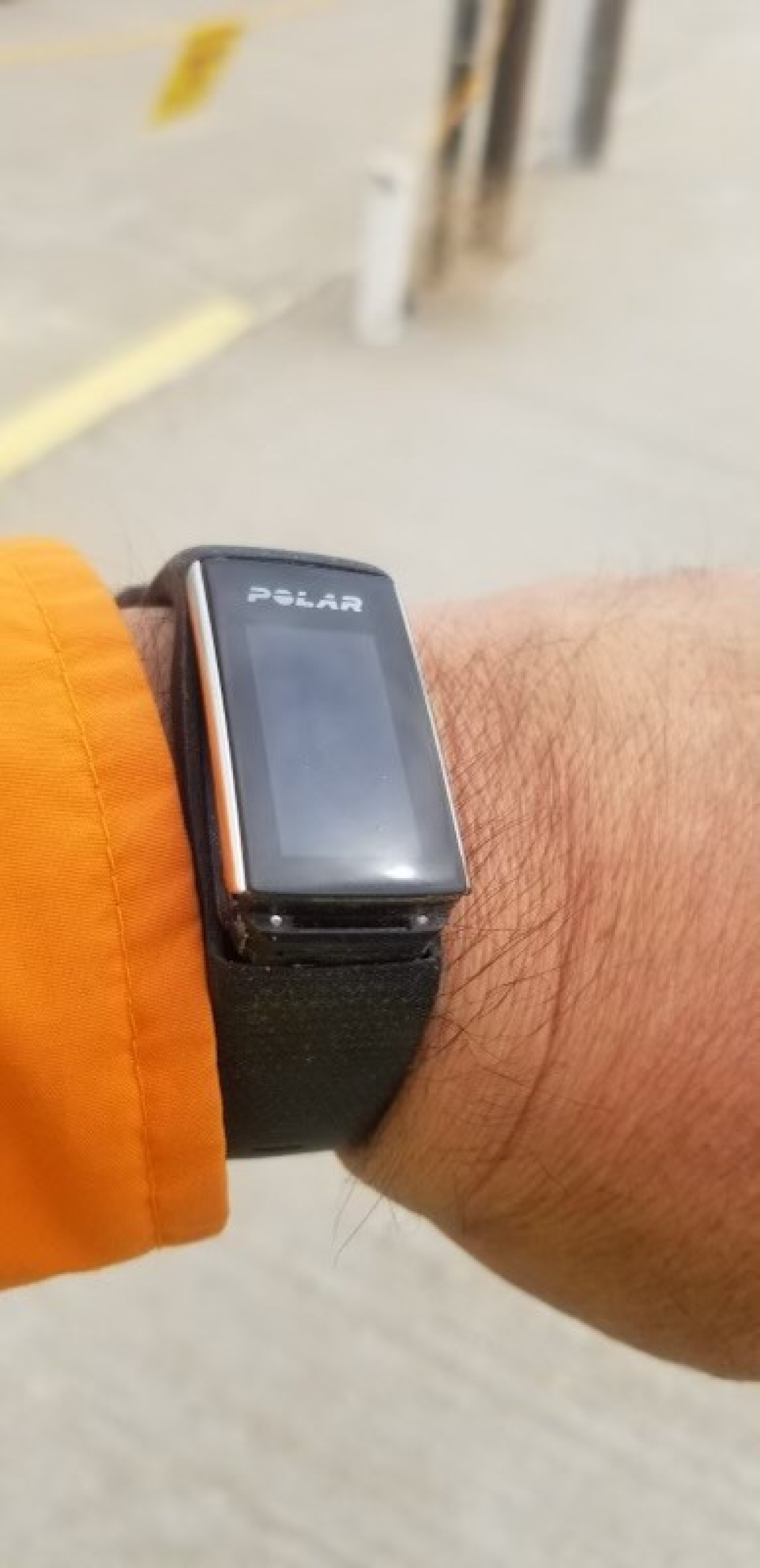Dr. David Shafer discusses LM’s evolution alongside climate-related challenges.
June 6, 2022A large number of intense precipitation events between 2009 and 2018 likely contributed to water erosion below the rock cover on the disposal cell at the Mexican Hat, Utah, Site. LM is undertaking repairs to the cell to protect against erosion under the surface.
Its effects may vary, but climate change touches every corner of the United States, and of the world. For nearly two decades, the Department of Energy (DOE), Office of Legacy Management (LM) has been monitoring and maintaining nuclear sites across the country after remediation. LM has witnessed the environmental toll exacted by climate change. From droughts and wildfires to floods and erosion, climate change is also impacting how LM addresses its mission.

LM Technical Director Dr. David Shafer works out of the LM Operations Center in Westminster, Colorado. He joined LM in 2011, first as the supervisor of the Uranium Mill Tailings Radiation Control Act /Nevada Offsites Environment Team and the Grand Junction, Colorado, office manager. He has also been the supervisor of the Asset Management Team, and the director of the Office of Business Operations.
“The increasing frequency and intensity of weather events impacts our sites and as a result, the way we have to handle them,” said Technical Director for Long Term Stewardship Dr. David Shafer. “As disrupting as climate change is, we are taking every opportunity to better prepare ourselves for the future.”
Erosion exemplifies the type of complex challenge that climate change poses, according to Shafer. Decreased rainfall due to climate change increases the severity of droughts and often reduces the amount of vegetation that can mitigate erosion.
Shafer said LM is paying particular attention to 40 sites where landfills or disposal cells warrant additional monitoring, particularly with changing rain patterns. The disposal cell at the Mexican Hat site in Utah, for example, now requires repairs to protect against erosion under the surface.
“We are working with the Army Corps of Engineers, Desert Research Institute, Navajo Abandoned Mine Lands and Uranium Mill Tailings Remedial Action programs, Legacy Management Strategic Partners, and other subject matter experts to find a permanent solution so we can address the root cause of the issue,” said LM Site Manager Angelita Denny.
Through its Applied Studies and Technologies program, LM is evaluating other conditions that may make some disposal cells more vulnerable to climate change impacts. “The use of dispersive clays during construction or long side slopes that cause water run-off, for example, are other factors,” Shafer said.
“Strategic partnerships allow us to stay on the forefront of research and new mitigation tactics,” Shafer said. With 10 years under his belt at LM, Shafer drives LM’s science and technology efforts as well as international activities to ensure the organization’s approach to protecting the environment is proactive and informed by current challenges.
“We don’t want to wait for something bad to happen,” Shafer said. “We want to turn vulnerabilities into plans of action.”
To that end, LM is working with Lawrence Berkeley National Laboratory to enhance forecasting methods that would help identify potential vulnerabilities at sites, such as changes in rainfall patterns or vegetation.
Similar collaboration is underway at Florida International University, where one student is studying treatments LM can apply to groundwater contaminated with uranium. Meanwhile at LM’s sites in the Southwest, the Navajo Nation Abandoned Mine Lands program is helping mimic local topography to improve stability against extreme weather events.
“Not only is climate change impacting the type of work we do at sites, but it is also impacting when we can do it,” Shafer said. Increasingly frequent extreme weather events are narrowing the time frames when LM workers can safely venture out to the sites. In Washington state, for example, Shafer said teams have started to complete field work earlier in the year due to a longer wildfire season.

Wristbands that monitor heart rate and body temperature help LM ensure workers’ safety in the field, particularly during wildfire season.
“When workers are on site, they can experience decreased air quality due to wildfires hundreds of miles away,” Shafer said. “Protecting our workers in these changing conditions is a critical aspect of LM’s commitment to human health and safety.”
Borrowing from technology originally developed for sports teams, LM workers visiting abandoned uranium mines now wear wristbands that monitor body temperature and heart rate to ensure they are safe and healthy while out on the sites.
“We bring the same level of commitment to enhancing mitigation efforts at our sites as we do to improving things like environmental research and worker safety,” Shafer said. “Climate change affects every aspect and region of LM’s work, but we are stepping up to the challenge.”

